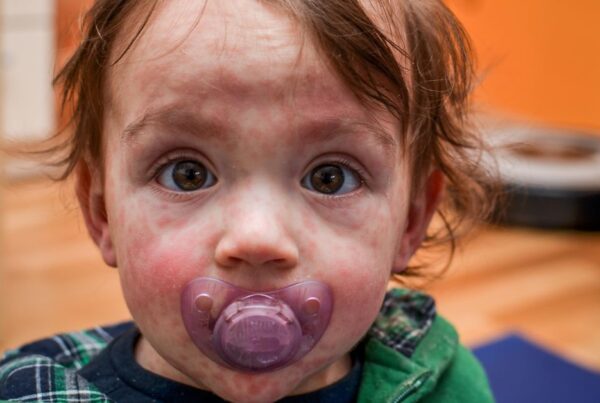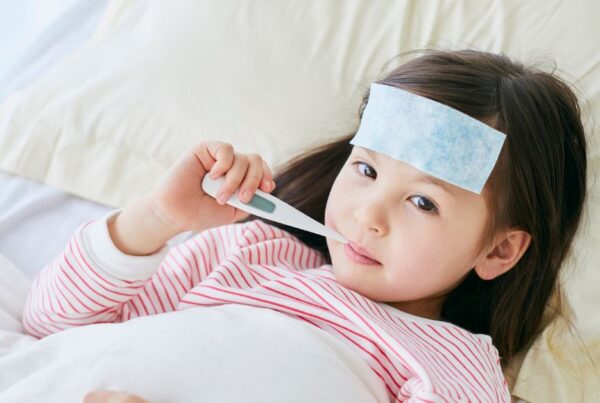Why Use An Electrolyte Drink For You Or Your Kids?
Electrolyte drinks are important to use if you suspect that you or your child are suffering from acute dehydration. Acute dehydration means dehydration that happens suddenly, and in children and infants, it is usually a result of diarrhea, vomiting, or excessive sweating.
Common Symptoms Of Dehydration In Kids and Infants
- Dry lips and mouth. May complain of a sticky mouth.
- Few or no tears when crying.
- Less urination or fewer wet diapers.
- Crankiness and irritability.
- Sleepiness or drowsiness.
- Dizziness.
- Sunken eyes in children and/or sunken fontanelle in babies.
Generally if a child has diarrhea, vomiting, or excessive sweating, it is a good idea to start using an electrolyte drink right away, before symptoms of dehydration appear.
Mild dehydration can be treated at home with an electrolyte drink like the one above or a commercially prepared one. Babies can continue to breastfeed or have formula. Electrolyte drinks should be given slowly at first (1-2 small sips at a time), especially if the cause of dehydration is vomiting or diarrhea, to avoid irritating the gastrointestinal tract further.
Moderate and severe dehydration are medical emergencies especially in babies. WebMD has a good checklist to follow that tells you when to call 911, call a doctor, or treat at home. If your child is very sleepy or not responding to you, get Emergency Care.
Signs Of Electrolyte Deficiency
Electrolyte deficiency commonly accompanies dehydration, which is one reason that electrolyte drinks are used for rehydration. Electrolytes are minerals like sodium, chloride, potassium, calcium, magnesium, and others. Just like water, electrolytes can be lost through vomiting, diarrhea, or sweating.
Symptoms of mild electrolyte deficiency differ depending on which mineral or minerals are out of balance. Deficiency symptoms might include cramps, muscle aches, headaches, nausea, confusion, and fatigue. More serious electrolyte deficiencies can even cause serious heart rhythm issues, seizures, and more.
Why Is There Sugar In A Healthy Electrolyte Drink?
Electrolyte drinks are recommended to treat mild or prevent mild dehydration because electrolyte deficiency commonly accompanies dehydration, but they also have a second function!
Electrolytes and a source of glucose, like sugar or honey, are included in electrolyte formulas for rehydration because together they transport water into your body faster. There is an enzyme in your digestive tract called a sodium-glucose cotransporter. This enzyme is a pump that moves sodium into your body but needs glucose to work. Water follows sodium as it is pumped into your body and hydration occurs faster. This cotransporter was a major discovery in the 1960s and forms the scientific basis of oral rehydration treatment through electrolyte drinks.
Glucose in the form of sugar or honey is also included because it is a small source of energy for kids (or adults) who are depleted from sickness or overexertion. It is also included in our recipe because taste matters, especially to little kids who are nauseous and not interested in eating or drinking.
Dr. Green Mom’s Homemade Electrolyte Drink Recipe
- 1 ¾ cup water or coconut water
- ½ tsp of magnesium powder
- ⅛ tsp of pink Himalayan salt
- ¼ cup of lemon or lime juice
- 2 tsp raw honey* or 3 tsp raw cane sugar
*Avoid raw honey if you’ll be giving this to a baby under one year old. Use raw cane sugar instead.
Mix the above ingredients together and drink as needed. Small sips can be given to adults, kids, and babies who are experiencing diarrhea or vomiting. Kids and adults who are exercising or spending a lot of time in the heat can drink this as needed to prevent dehydration (use it like Gatorade). Pregnant moms might also like it to help keep their strength up, especially during morning sickness. Leftovers will stay good in the fridge for a week or less and/or can be frozen into popsicles.
Ingredient Breakdown
- Coconut water: Contains electrolytes like sodium, potassium, calcium, magnesium, and manganese.
- Pink Himalayan Salt: In addition to sodium and chloride (which is what salt is made of), pink Himalayan salt also contains calcium, magnesium, chromium, manganese, iron, and others. However, lower quality Himilayan salt can contain high amounts of lead and aluminum. Use discernment when shopping.
- Magnesium Powder: Dissolves easily and tastes mild if no added flavors. If it’s the bisglycinate form of magnesium, it is easy on sensitive stomachs.
- Honey or Sugar: Contains glucose and trace minerals needed to improve rehydration, taste good, and provide a small energy boost.
- Lemon or Lime Juice: Contains potassium and citrate, as well as many other vitamins and minerals, which help this recipe taste great.
Summary
Always keep an eye open for signs of dehydration and electrolyte deficiency if you or your child is experiencing vomiting, diarrhea, or excessive sweating. Our homemade electrolyte drink is a healthy way to prevent or treat mild dehydration, but don’t hesitate to consult a doctor when appropriate.
References:
Pediatric Dehydration – StatPearls – NCBI Bookshelf
Treatment for Dehydrated Children & Oral Re-hydration Solutions
Dehydration
Dehydration in Children: Signs, Treatments
Potency of Oral Rehydration Solution in Inducing Fluid Absorption is Related to Glucose Concentration | Scientific Reports
Oral Rehydration – Pediatrics – Merck Manuals Professional Edition
History of the development of oral rehydration therapy
Low potassium (hypokalemia) Causes – Mayo Clinic
Hyponatremia – Symptoms and causes – Mayo Clini


